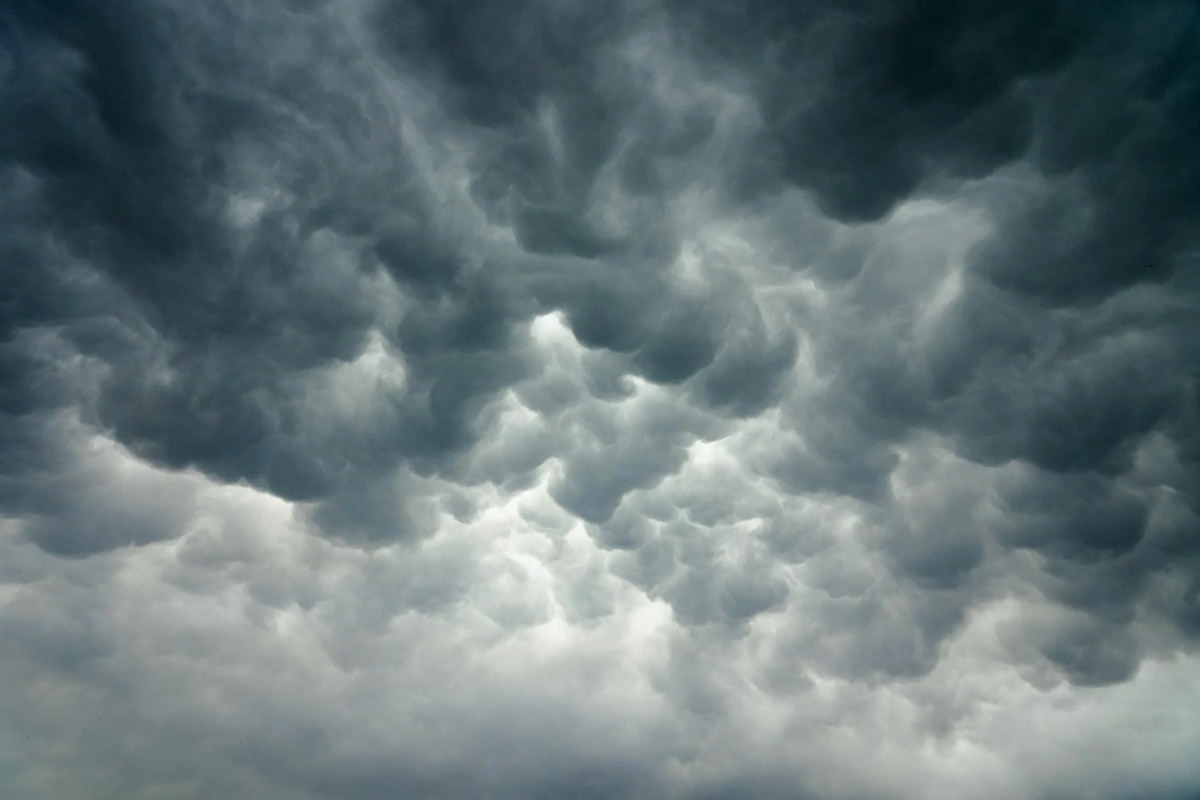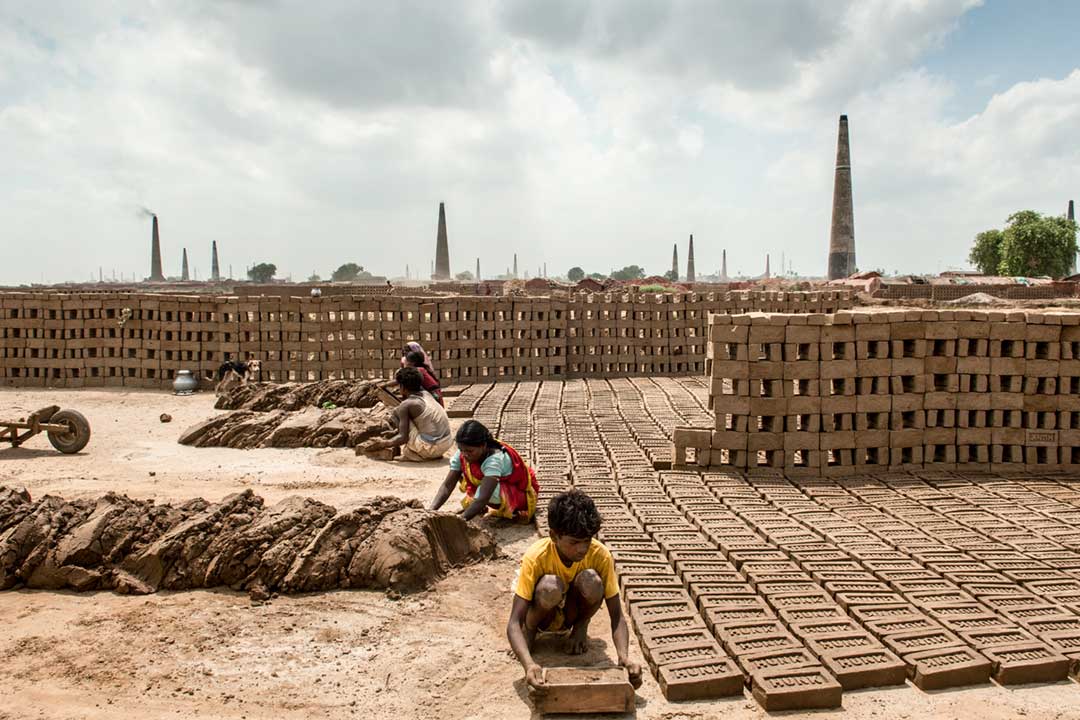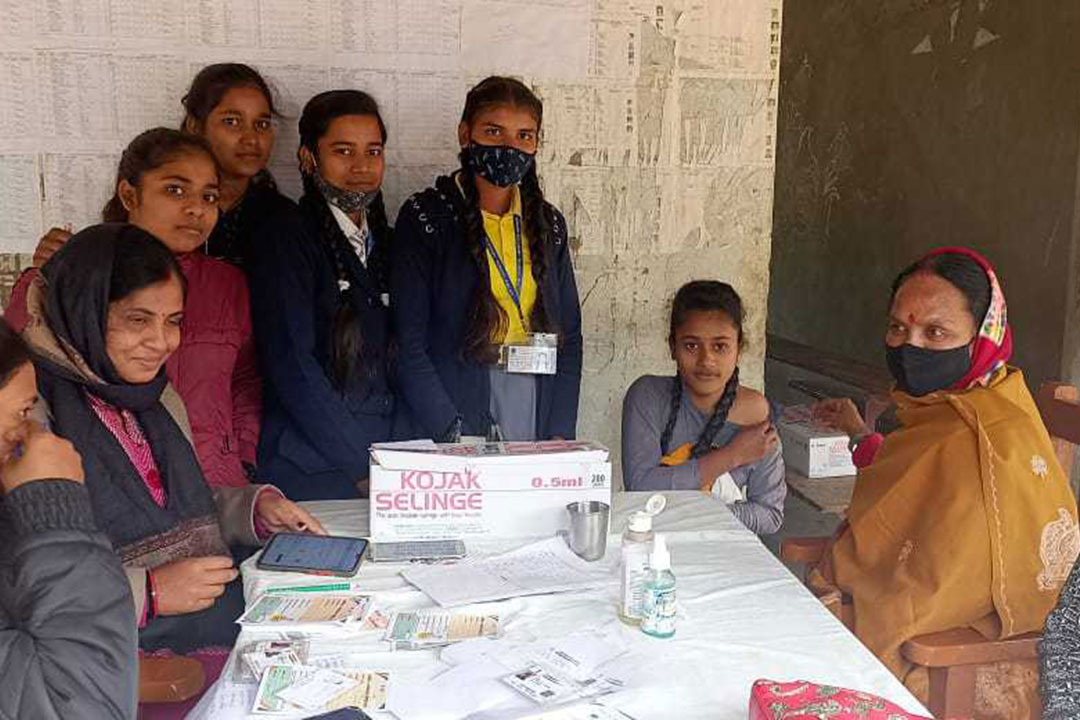India’s capital reckons with flood-linked disease
July’s floods couldn’t bring megacity Delhi to a standstill. But are the people and the health care system prepared to handle the resulting surge in diseases – and the disasters to come?
- 22 September 2023
- 6 min read
- by Aayushi Shukla
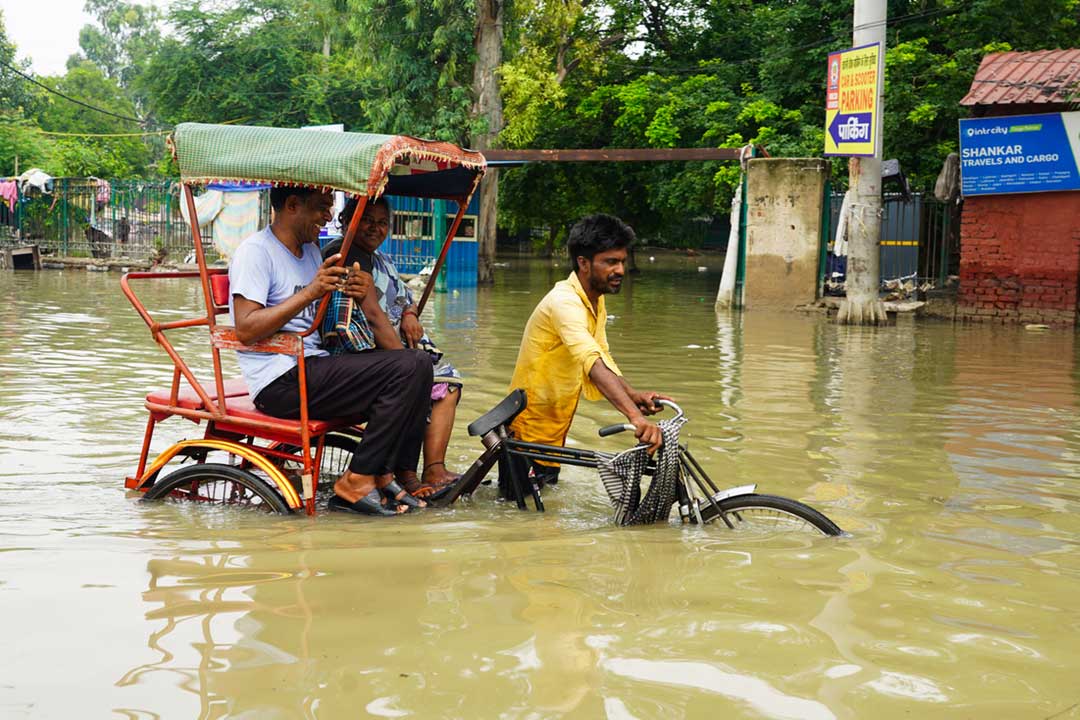
In mid-July, Delhi, India's capital, was under water. Houses were submerged, roads became impassable, and schools and offices had to close in many areas. Thousands of people residing near the Yamuna floodplains had no choice but to leave their homes and find shelter in temporary relief camps set up by the Municipal Corporation of Delhi (MCD).
"Delhi's weather has undergone substantial shifts, driven by various factors including climate change."
– Group Captain Professor SN Mishra, climate change expert
"It was an unprecedented situation. My father used to recount how his house was flooded during the 1978 flood, and now it feels like I've experienced what he described. Unfortunately, my son also fell seriously ill during this time," shared Madan Mohan, a resident of the East of Kailash neighbourhood, and an advisor to the National Health Systems Resource Centre.
Catching fevers
The flood was the result of heavy rainfall in Delhi and neighbouring states, which caused the water level in the Yamuna River to rise. Swift government action helped bring the situation under control – but in the aftermath, several areas reported a surge in disease. The government warned of waterborne illnesses like typhoid and cholera, as reports of rising cases of vector-borne illness like malaria and dengue rolled in.
Tarun Sharma, a staff nurse at the All India Institute of Sciences (AIIMS), Delhi, recalled of the crisis, "I served in a flood relief camp located near Geeta colony. I, along with my other colleagues, did routine check-ups of children, women and the elderly. We noticed some of them were suffering from typhoid and fever. Another common disease in camps was conjunctivitis."
Atul Juneja, who works at the Lok Nayak Hospital as a nurse, described helping to establish a disaster ward to address emergency cases from flood-affected areas. He noted, "Aside from minor cases of diarrhoea and typhoid, we also treated patients with dengue and malaria."
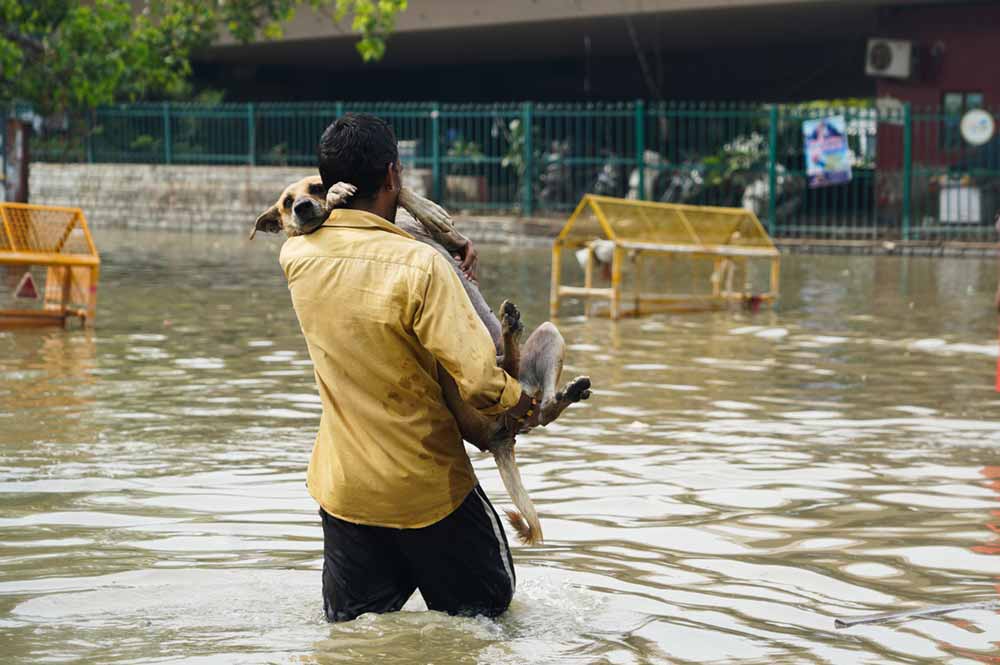
Credit: Adarsh Vikram
During a press conference held on July 21, the mayor of Delhi, Dr Shelly Oberoi revealed concerning statistics regarding the city's health landscape. According to her, Delhi had already reported 77 cases of dengue, 30 cases of malaria, and four cases of chikungunya within the month of July alone. These numbers were an alarming herald of what was to come. As July drew to a close, media reports began to paint a troubling picture. Dengue, in particular, appeared to be surging to levels not seen in half a decade.
Dr K Madan Mohan, Advisor for Public Health Administration at NHSRC (National Health Systems Resource Centre), offered more insight into the whole situation.
Have you read?
"Waterlogged areas provide the right environment for the breeding of mosquitoes. That is why we have seen increasing cases. But if you compare the situation to the past years, we are better prepared," he said. "The MCD is preventing the flood-affected areas from turning into vector breeding places by frequent fumigation and other efforts."
Adapting
Regarding the preparedness of the public health system to handle the rising number of flood-related diseases, the Medical Superintendent of AIIMS Delhi (All India Institute of Medical Science), Dr Sanjeev Lalwani, said, "Over the past few years, we've been growing our infrastructure. During Delhi's monsoon season, viral fever, dengue, and typhoid are common concerns. So, every year, we take precautions like adding extra hospital beds for fever patients and educating people about hygiene to prevent the spread of these diseases. This year, our approach remains unchanged, but we are more vigilant, keeping in mind the recent flood situation."
Worse to come?
While New Delhi has been experiencing a consistent variability in monsoon rainfall every year, what set this year apart was the intensity and brevity of the rainfall. On 9 July, the city received a record-breaking 153mm (6 inches) of rain, marking it the wettest July day since 1982. The IPCC's 6th Assessment Report had already warned of an escalation in extreme weather events in a changing climate.
"When you combine the effects of El Niño with the broader trend of global warming, it becomes clear that temperatures will rise even further. This, in turn, increases the likelihood of mosquito breeding and the diseases they transmit. Moreover, it will have a detrimental impact on crop production."
– Group Captain Professor SN Mishra, climate change expert
Group Captain Professor SN Mishra, a climate change expert and Visiting Professor at TERI School of Advanced Studies, Delhi, offered further insight. "Global warming is altering weather patterns worldwide. We are witnessing an expansion of the summer season and a contraction of winter," he said. "With more hot and humid days, the likelihood of frequent precipitation events is on the rise."
When questioned about the changes in Delhi's weather over the past decade, the professor remarked, "Delhi's weather has undergone substantial shifts, driven by various factors including climate change. This year, we experienced the coldest January and the warmest February. Air pollution has been on a relentless upward trajectory. Weather extremes undoubtedly impact public well-being. Delhi must prepare to address the growing risks of respiratory, waterborne, airborne, and vector-borne diseases."
"Delhi is the heart of India. If we don’t even take care of our heart, what will we do when it comes to other parts?"
– Madan Mohan, resident, East of Kailash
He also added, "This year, due to El Niño, the onset of the monsoon was delayed, and August, typically the rainiest month, experienced a significant rainfall deficit. Conversely, July saw erratic and sudden rainfall patterns. When you combine the effects of El Niño with the broader trend of global warming, it becomes clear that temperatures will rise even further. This, in turn, increases the likelihood of mosquito breeding and the diseases they transmit. Moreover, it will have a detrimental impact on crop production. We need to be ready to handle these impending changes and their far-reaching consequences."
Bracing up
The writing on the wall couldn't be clearer: Delhi, India's sprawling metropolis and its beating heart, is at a crossroads. The warning bells rang loud when the Delhi government's draft action plan on climate change unveiled a dire prediction. If current trends persist, the city could suffer staggering economic losses of 2.75 trillion rupees by 2050, all due to the far-reaching impact of climate change. It's a wake-up call for not just Delhi, but cities worldwide.
Adaptation measures, and concerted efforts to combat climate change and diseases are no longer optional; they are imperative. Madan Mohan, who occasionally served food in the flood relief camps remarked, "Delhi is the heart of India. If we don't even take care of our heart, what will we do when it comes to other parts?"
